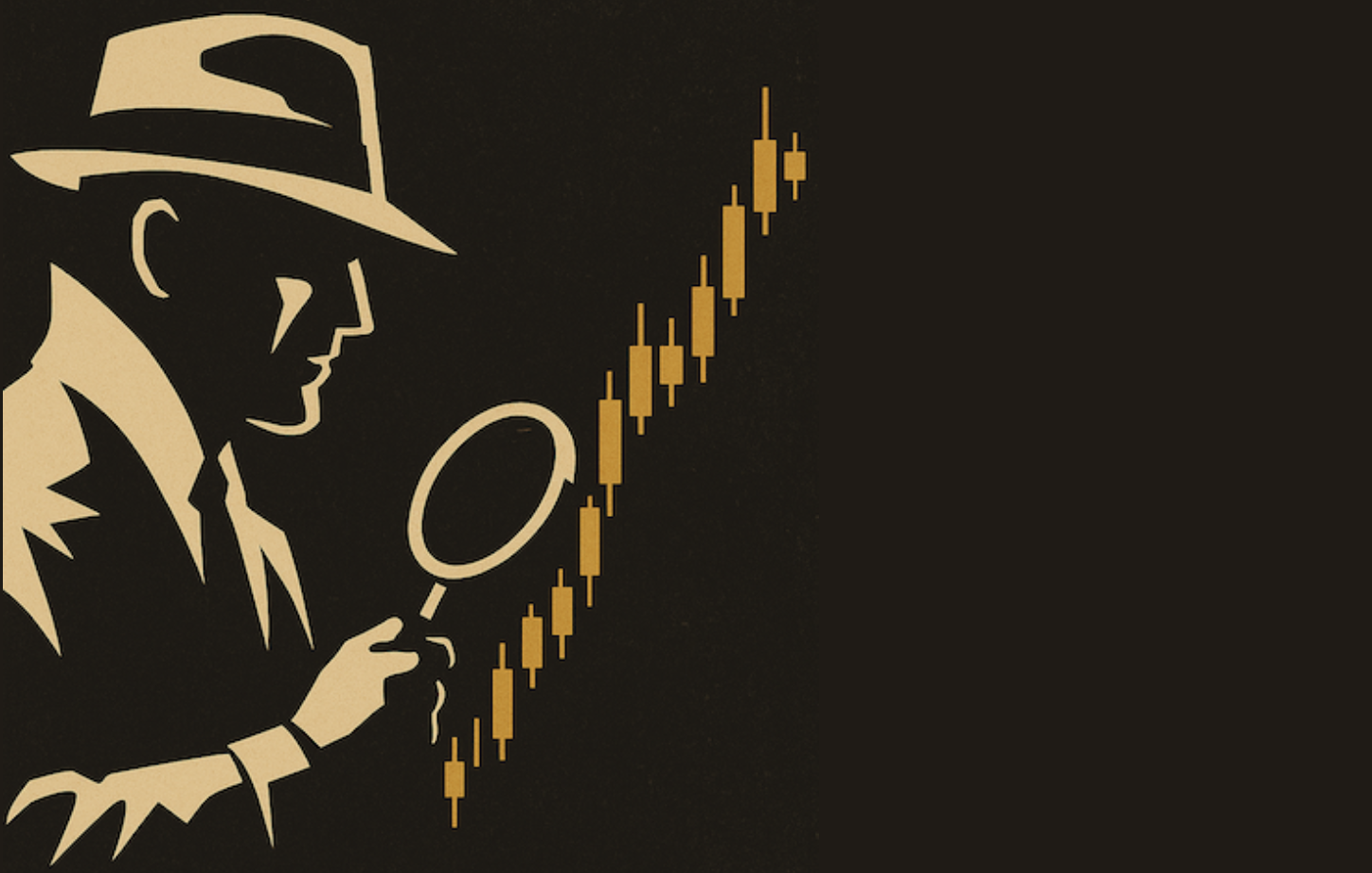FALLING BOND YIELDS WEIGH ON STOCKS -- WATCHING BOND ETFS FOR SIGNS OF A TURN -- ONLY 45% OF NYSE STOCKS REMAIN ABOVE 200-DAY AVERAGE -- USE THE SECTOR SUMMARY FEATURE TO DRILL DOWN INTO LEADING SECTORS TO FIND THEIR STRONGEST INDUSTRIES AND STOCK LEADERS
FALLING BOND YIELDS WEIGH ON STOCKS... My Tuesday message showed falling commodity prices weighing on stock values. The same is true with Treasury bond yields which have fallen to record lows. Falling bond yields are symptomatic of economic weakness. Chart 1 compares the yield on the 10-Year T-Note (green bars) to the S&P 500 since the start of 2011. There's a positive visual correlation between the two markets, which is confirmed by the 60-day Correlation Coefficient (below chart). The current correlation is a very high .92. Falling bond yields during the first half of 2011 led to a stock market correction over the summer. Both bottomed together at the start of October. After that, stocks rose while bond yields stayed generally flat. Notice that a drop in the bond yields in mid-March led to a peak in stocks a couple of weeks late. Both have fallen together since then. The chart suggests it may take a higher bond yield to support higher stock prices.

(click to view a live version of this chart)
Chart 1
TREASURIES LEAD BOND RALLY ... When bond yields fall, bond prices rise. That's especially true of Treasuries. Chart 2 shows the Barclays 7-10 Year Treasury Bond iShares (IEF) still in an uptrend. The green line is a 20-day moving average which has contained the rally since early April. Initial chart support is at last week's intra-day low at 107.51. The IEF would have to close below that initial support level (and its 20-day line) to signal a downside correction. Stocks will probably remain under pressure until that happens. Investment grade corporate bonds are also in an uptrend, but not as strong as Treasuries. Chart 3 shows the iBoxx Investment Grade Corporate Bond Fund (LQD) trading near its yearly high. The LQD would have to close below its 50-day line to signal some profit-taking. High yield (junk) bonds have been the weakest bond category. That's because they're more closely correlated to stocks. Chart 4 shows the iBoxx High Yield Corporate Bond iShares (HYG) moving back above its 50-day average (with help from today's 1% stock market bounce). The HYG broke down with stocks in mid-May. It needs a stronger stock market to turn its trend back up again. The fact that Treasuries are outperforming corporates (and especially high yield corporates) signals a defensive market environment. So is the fact that Treasuries are outperforming stocks. A downturn in Treasury prices is probably needed to support any meaningful stock market rally.

(click to view a live version of this chart)
Chart 2

(click to view a live version of this chart)
Chart 3

(click to view a live version of this chart)
Chart 4
NYSE PERCENT OF STOCKS ABOVE 200 DAY MA STILL IN DOWNTREND... With major U.S. stock indexes testing support at their 200-day averages, it's useful to see how individual stocks are faring. The red line in Chart 5 is the percent of NYSE stocks trading over their 200-day average. The index turned turned down during April and is still declining. At present, 45% of NYSE stocks are trading above their 200-day lines (which means that 55% of stocks are below the line). A pullback into the 40-50% zone is consistent with a downside correction. A drop below 40% is usually a sign of a deeper stock decline. The green lines in Chart 4 show that the last two corrections ended with the index turning back up again. So far, that's not happening. Chart 6 gives a closer look at this year's downturn. Compare the current line to how it looked during the fourth quarter of last year. A bottoming pattern was clearly visible last year. So far, there's no convincing sign of a bottom. I would suggest that a rise back above 55 (the late May peak) is a minimum requirement to suggest that the % line may be bottoming. The % line needs to start rising again to support a stock upturn.

(click to view a live version of this chart)
Chart 5

(click to view a live version of this chart)
Chart 6
HOW TO USE THE SECTOR SUMMARY PAGE ... StockCharts.com recently added another feature that allows us to scroll down into the strongest and weakest market sectors and industry groups. You'll find it in the lower right Charts & Tools column on the Members page. Click on Sector Summary (just below Market Summary) to see a list of the nine market sectors. You can adjust the time periods in the box just above the list. For this discussion, I've changed that to cover the last week (one week) - see Chart 7 for the results. In so doing, you'll see the nine sectors in order of their relative strength. The top sector for the past week is consumer staples. By clicking on that name you'll see ten industry groups that comprise the staples sector from the strongest to the weakest. The three strongest industries in that sector are tires, tobacco, and nondurable household products - see Chart 8. Click on each of them to see the strongest stocks in each category - Chart 9. An intraday chart review of tire leaders shows Cooper Tire and Rubber (CTB) with a strong chart pattern (Chart 10). Going back up a level, we can then click on household products and you'll get a list of that group's strongest stocks. One of them is Clorox (CLX) which is another market leader (Chart 11). What you're doing in effect is drilling down into the strongest stocks in the strongest industries in the strongest sectors. Always be sure to look at the chart to judge the strength of the trend. One of the week's weakest sectors is consumer discretionary. Clicking on that title will reveal that footwear is one of that group's weakest industries. The strongest industry in the consumer discretionary sector is recreational services. One of the best looking stocks in the group belongs to Carnival (CCL) which is shown in Chart 12. The Sector Summary feature may be one of the most useful tools on the entire site. I encourage you to take a close look at it. It's going to make your search for leading sectors, industry groups, and individual stocks a lot easier.

Chart 7

Chart 8

Chart 9

(click to view a live version of this chart)
Chart 10

(click to view a live version of this chart)
Chart 11











